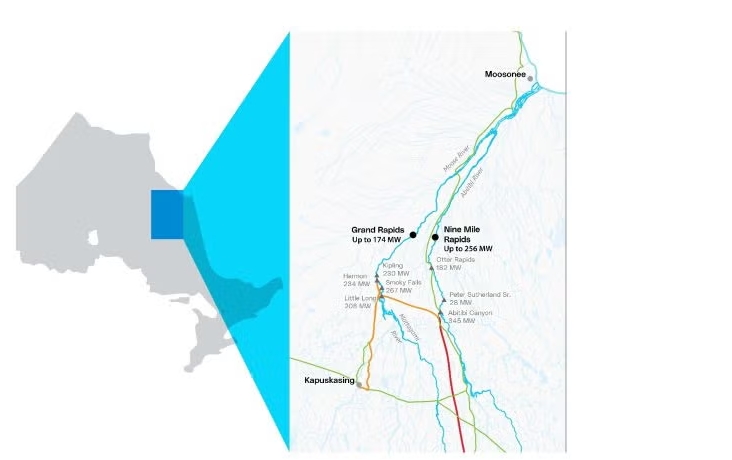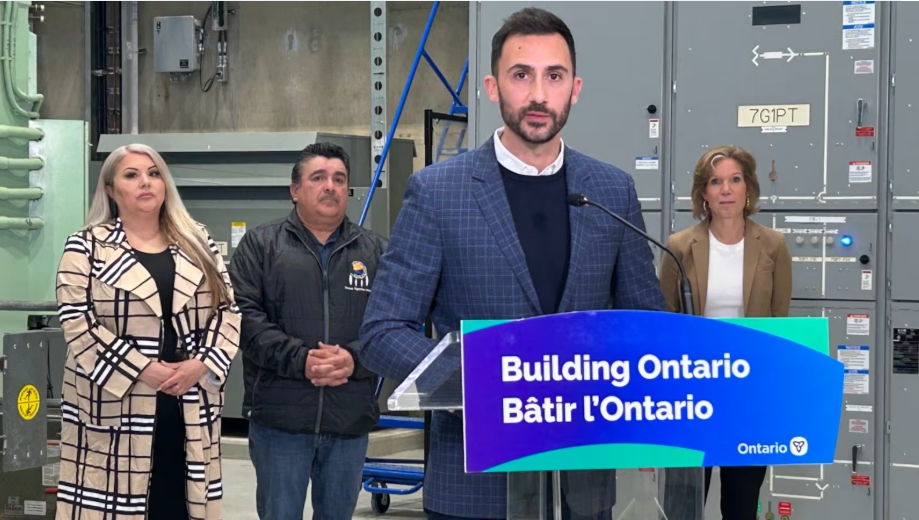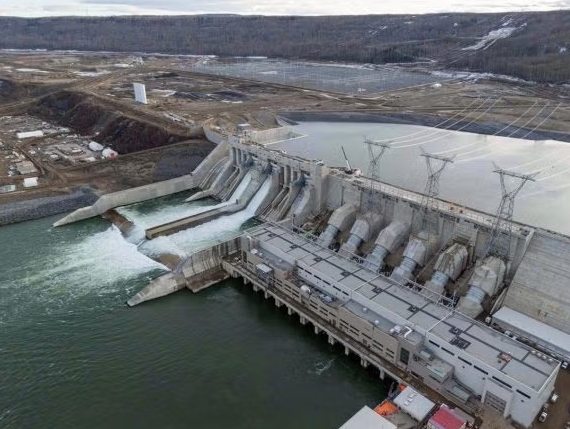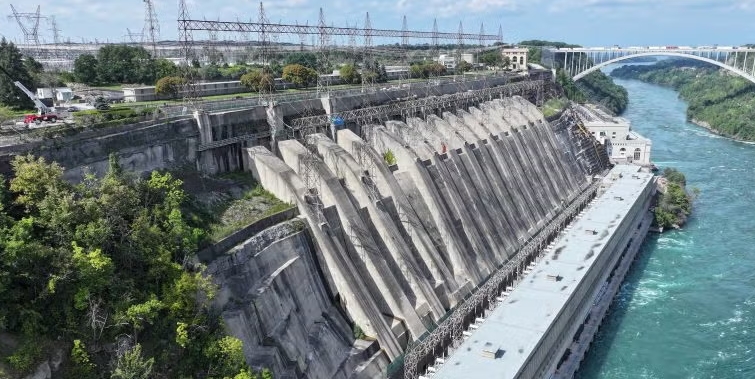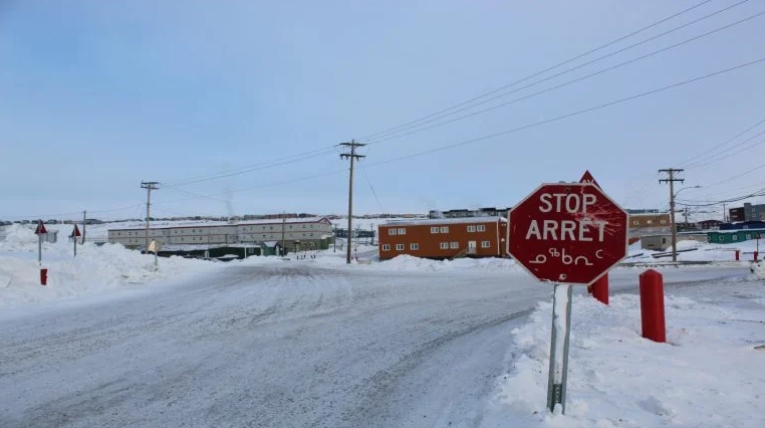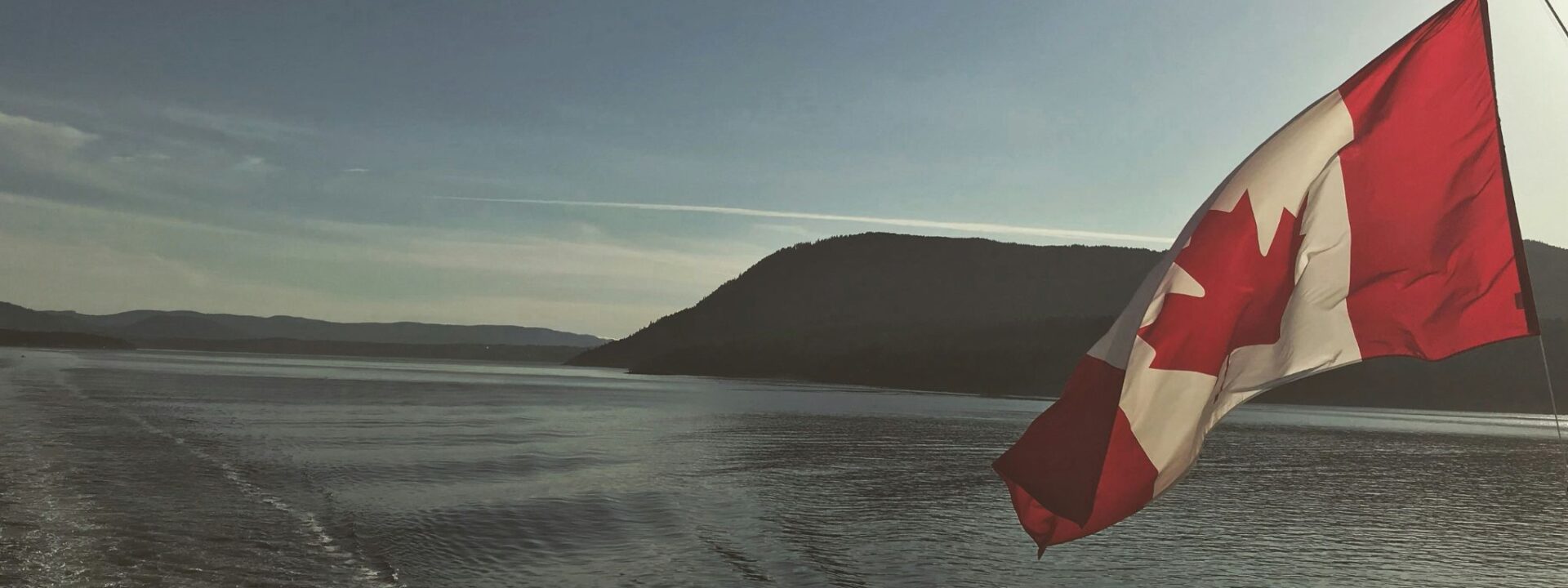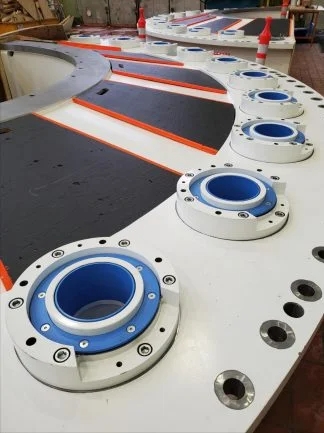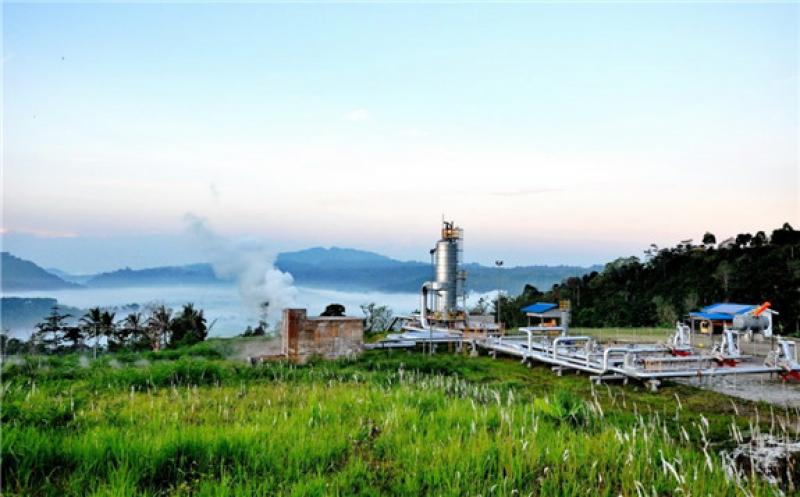
With current pricing scheme not interesting to investors, Indonesia now preparing improved geothermal feed-in-tariff structure based on the investment value or project economics.
With continued challenges to attract investors to develop geothermal projects in Indonesia, the country is now looking to change its current price determination scheme for geothermal electricity to a feed-in-tariff.
With the planed change from the original scheme based on the local or local cost of supply (BPP) the new feed-in-tariff scheme is to be based on the investment value or project economics.
This change is being made to attract more investors so that the use of geothermal in Indonesia is more developed. The BPP scheme is estimated to be one of the causes of slow geothermal development in Indonesia. The reason is, using this scheme, investors consider the selling price of geothermal electricity to PLN to be less attractive if not to say unprofitable.
Director of Panasbumi, Ministry of Energy and Mineral Resources, Ida Nuryatin Finahari revealed, the BPP scheme was stipulated by Permen Number 50/2017.
“The government is currently drafting new regulations regarding the establishment of EBT electricity tariffs by using feed-in traiffs, including geothermal. The rule will then be determined by Perpres, “Ida said last week in Jakarta, so Panas Bumi News.
Ida admitted, with the BPP auction scheme a number of the tenders for geothermal working areas did not attract any interest. Among them, WKP Gunung Wilis, Galunggung Mountain, and Lainea WKP. The auction was initially run from October 22 to November 12, 2019. Because no one registered, the Ministry of Energy and Mineral Resources extended the auction to December 9. But by the end of the extension period no investor who registered.
“No one has registered, maybe investors are waiting for the issuance of new rules,” said Ida.
This Presidential Regulation on EBT prices is expected to be published in early 2020.
Reported earlier, the government recently auctioned off three WKPs namely Lainea WKP in South Konawe, Southeast Sulawesi with a potential reserve of 66 MW and planned capacity of 2 × 10 MW. Then, WKP Gunung Wilis in Nganjuk Regency, East Java with a potential reserve of 50 MW and a 2 x 10 MW development plan. Third, WKP Gunung Galunggung, Tasikmalaya Regency, West Java, with a potential reserve of 130 MW and a 55 MW development plan.
